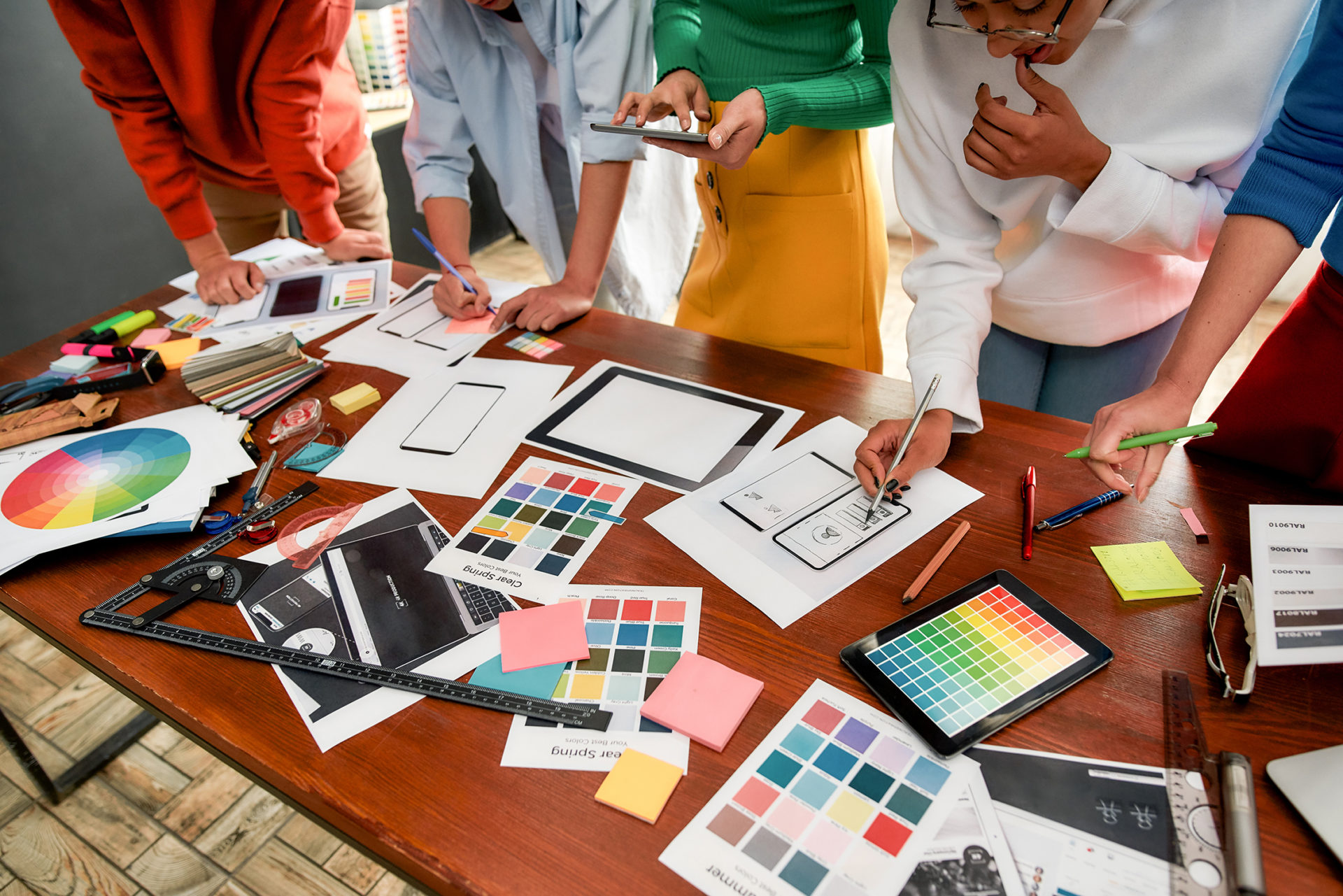

A global consumer goods brand was facing a challenge: Chinese companies were “innovating” much faster than their multinational counterparts, with new brands, new products, new variants, new communications and new activations coming out every few months. The international CPG brand was experiencing a decrease in market share and wanted to act quickly to maintain and grow their strong foothold in the Chinese market. At the same time, colossal shifts were taking place in their category. The traditional advertising messages and product formats often used in their industry were becoming practically extinct for millennials. The team faced a myriad of questions, some that were tactical and others highly strategic. Here comes the Brand Innovation.
It was obvious to the marketing and insights teams that innovation was needed. But the question was how could they innovate new products, packaging, communications, or even business models fast enough to prevent further loss in market share, and capture the opportunity for a fresh concept in this old-fashioned category? They decided to go with an Innovation Workshop – to refresh and consolidate existing insights, get everyone from R&D to marketing together in one room, and give them the power to implement the concepts that emerged from the workshop. They called on Labbrand to assist them.
In this article, we will outline several innovation journeys that a brand may undergo, and take readers on the Facilitation Journey in particular by delving into a recent case study.
As with all buzzwords, it is helpful to first define what we mean when we say innovation. Firstly, innovation is a process, and not an event. Of course there may be a “Eureka” moment, but there are steps that lead up to it, and steps following afterwards to bring the idea to reality. Often, it is helpful for large multinationals to not only leverage internal resources for brand innovation, but also to engage an agency to facilitate this process. The agency helps provide fresh input, bridge the gaps between different teams and geographies, and ensure the process is carried through to completion. It’s a bit like hiring a personal trainer whose job it is to help ensure results and make the fitness process more structured and energized along the way.
The innovation journey takes different forms in different companies, depending on strategic objectives as well as practical constraints. Reflecting on Labbrand’s past twelve years of brand innovation projects, we see several types of innovation journeys, 3 of which are outlined here, defined in terms of the role the agency plays within the client organization:
“Research to Design” is the well-known brand development journey, beginning at insights to identify opportunity areas, inform concept development, to ultimately build brand strategies and identities. The Facilitation Journey involves leveraging cross-disciplinary resources within the company, with the agency plugging in to existing organizational infrastructure and providing inputs at key points in internal processes. Finally, the Digital Brand Experience Journey orchestrates brand experience through digital actions that integrate a brand orientation with operational agility and a technology-led approach. This last journey often goes beyond brand and product innovation to rethink business models, develop technology, and even restructure organizations.
A company may engage in any or all of these innovation journeys at different points or even simultaneously. But it is important to identify what type of journey the brand is on, to map out that process, and to keep the ultimate brand or business objective in focus throughout all stages of the journey.
In our experience, there are a couple of elements that contribute greatly to successful innovation. One is to take a multi-disciplinary approach to innovation, both within the company and also by engaging an agency with diverse capabilities in research, but also strategy, verbal identity, design and even digital. If innovation operates in functional silos it makes the process challenging – the idea favored by R&D might not resonate with marketing, but marketing’s idea cannot feasibly be manufactured, for example. Similarly, if the agency’s capabilities do not span the branding innovations from start to finish, the process gets stuck or reveals gaps when work is passed from one agency to another midway.
A second success factor for innovation is for companies to be immersed in trends, insights and implementation in dynamic markets such as China. China acts as a testing ground for new products or service concepts, which are then rolled out to other emerging or even developed markets. In the case of the innovation workshop in Shanghai, it adopted a “From China, for China” approach, but ultimately tied into and inspired innovation efforts at the global level.
Let’s zoom in on the innovation workshop carried out by the consumer goods powerhouse mentioned earlier. The company actively sought to sustain its leadership and position itself for strategic growth in China by:
Key questions included:

Now let’s take a look at how a Research + Innovation Workshop format is designed and delivered over the course of 3 days.
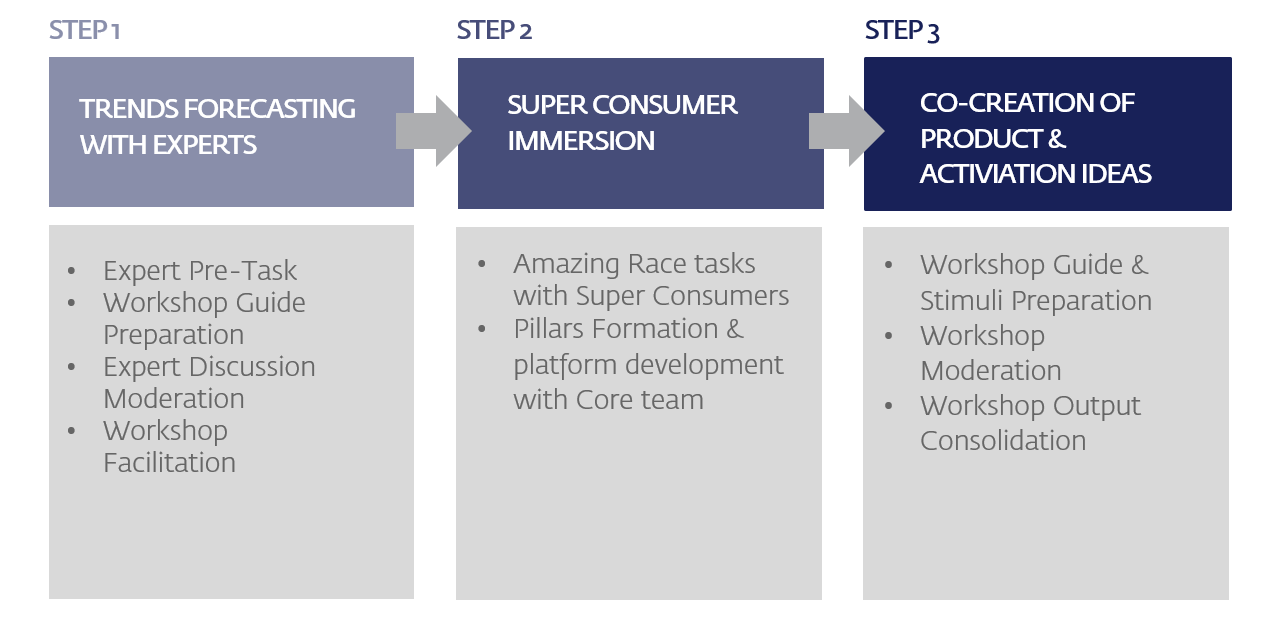
Insights on trends were gathered through expert knowledge sharing and super consumer immersion to co-create actionable ideas the CPG brand could adopt to lead the future of fabric care.
Knowledge Sharing
Experts from a variety of industries and disciplines were invited to share perspectives on macro/micro-level trends and their application to the future of the category.
Expert Round Table
A digital/mobile platform was used to facilitate information sharing and live streaming for question collection during the expert panel discussion.
Expert “Speed Dating”
Quick Q&A sessions gave participants the chance to further connect with each expert and ask them in-depth questions.

Trends Forecasting
With assistance from the workshop facilitators, groups of participants and experts co-created maps and collages of trends. They were then presented and discussed in the larger group. Insights were then consolidated into four “Trend Pillars” to guide further ideation.

“Amazing Race”
Workshop participants interacted with multiple super consumers in unique settings such as fashionistas, shop owners, families, trend setters, etc. by completing missions throughout the day.

Street Intercepts & Immersive Experiences
GoPro cameras were used to capture ethnographic footage of interviews, experiences and settings to better understand current and future concerns relating to the category and customer journey.
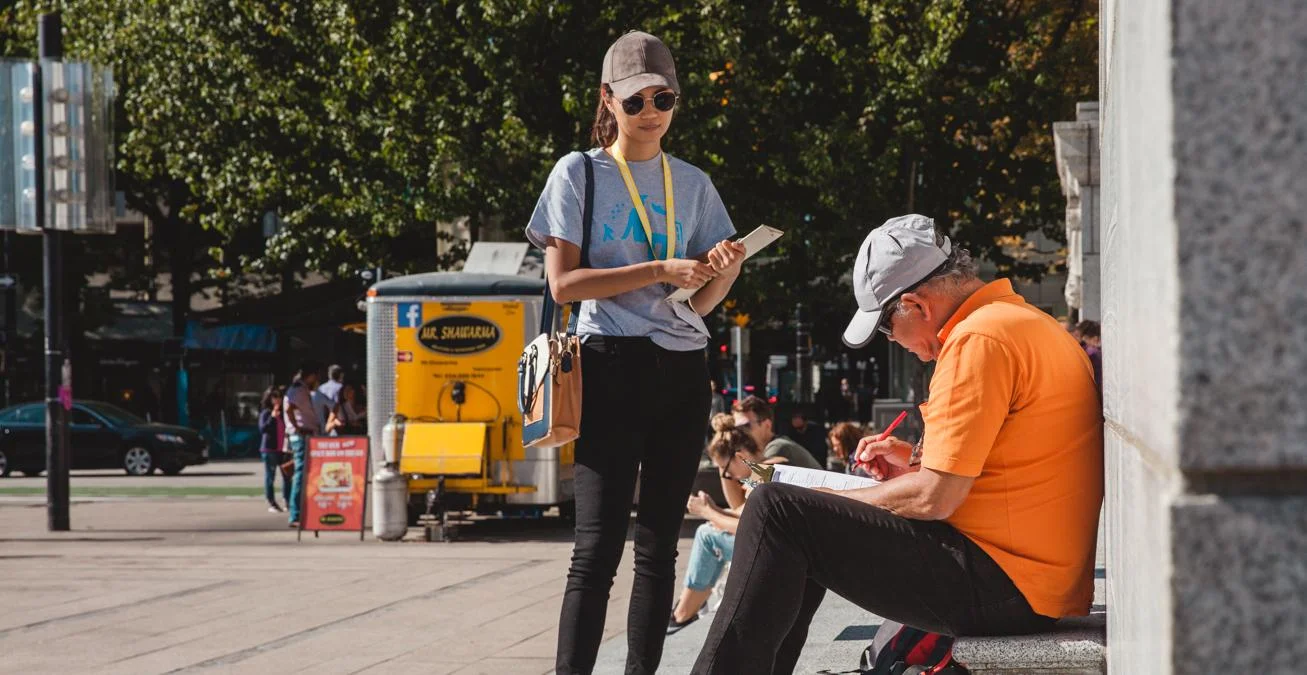
Final Reflection
Each team recorded a final video together verbally recounting the highlights and key findings from their day. A montage of the video footage was prepared to kick off the final day of the workshop. Live commenting was enabled so that participants could share thoughts and, of course, jokes.
Inspiration
The walls of the workshop room were filled with visual and verbal stimuli recapped from previous stages. Participants created product and activation ideas by thinking like innovative brands.
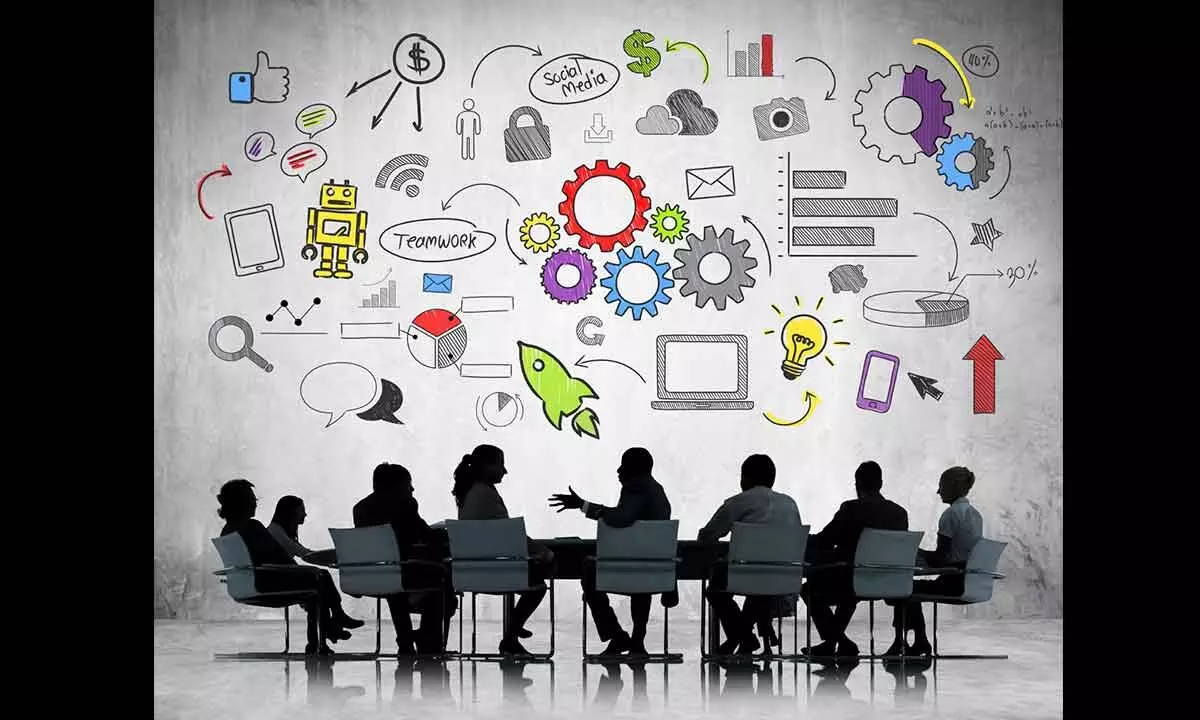
Bringing Concepts to Life
Each group was assigned an illustrator to visualize their ideas and complete their concept templates. Finally, the groups delivered elevator pitches to the larger group with their innovation ideas.
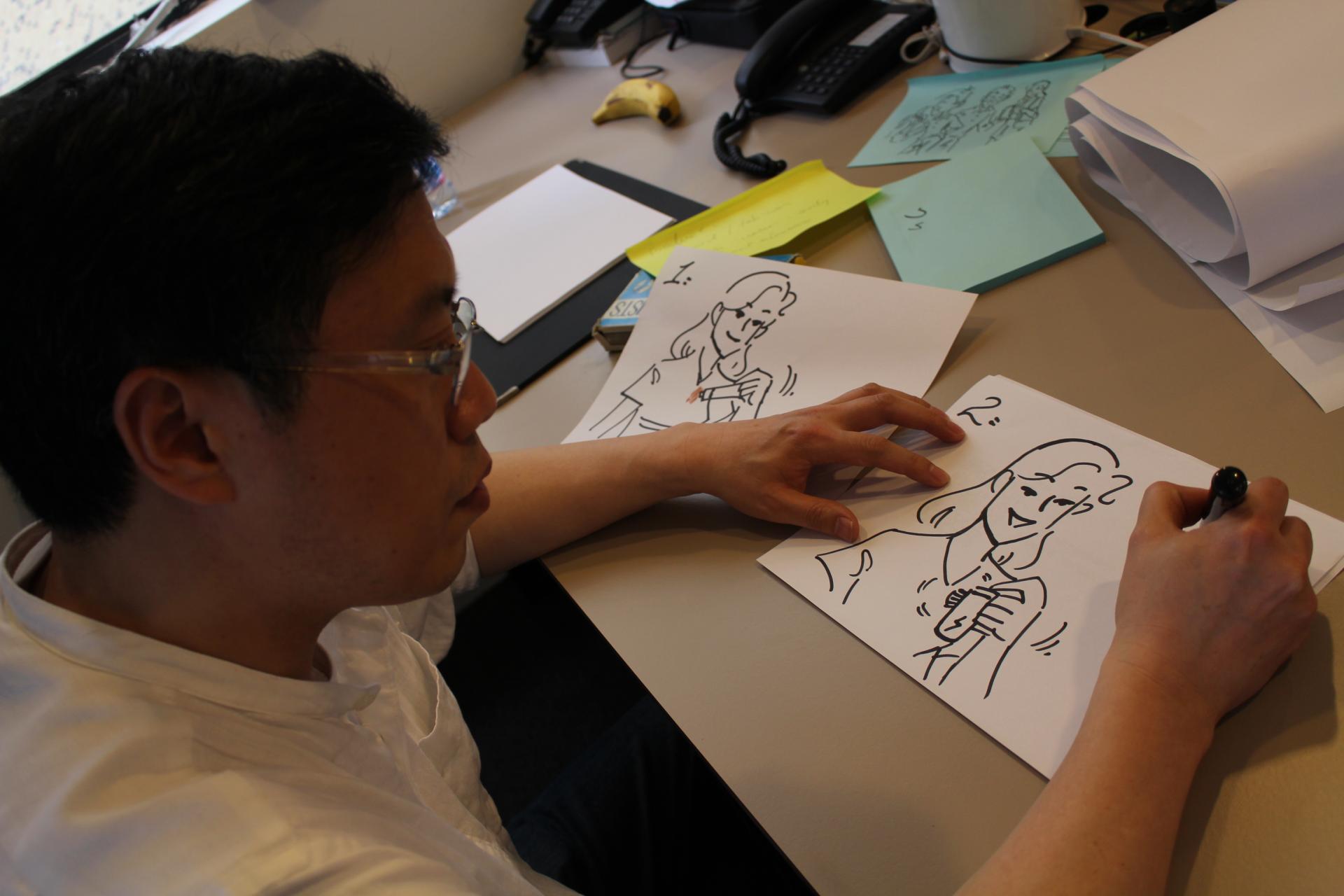
The result was dozens of concept boards comprised of multiple product and activation concepts, supported by illustrations and ready for testing.
Research and workshops like the one outlined above are only examples of tools leveraged during a Facilitation Journey. There are many other inputs that facilitate or catalyze innovation at client companies, such as a quick and powerful semiotics/cultural study to enrich consumer research, creating a research deliverable in an engaging and shareable format such as a video or digital platform, setting up an online community leveraged regularly for feedback on new concepts, and more.
The Facilitation Journey may also be structured as a strategic program spread over months or a year to build capacity in the client organization itself for sustainable brand innovation and brand building.
In today’s dynamic market places, one thing is for sure: Innovation is essential, and it needs to be done as quickly and effectively as possible. 2 to 3-year innovation pipelines will struggle to deliver in this context. On both the strategic and tactical level, companies need to not only rethink how innovation is fostered and delivered, but also invest in the tools and processes that enable it.
A Labbrand Group Company © 2005-2024 Labbrand All rights reserved
沪ICP备17001253号-3* Will be used in accordance with our Privacy Policy
To improve your experience, we use cookies to provide social media features, offer you content that targets your particular interests, and analyse the performance of our advertising campaigns. By clicking on “Accept” you consent to all cookies. You also have the option to click “Reject” to limit the use of certain types of cookies. Please be aware that rejecting cookies may affect your website browsing experience and limit the use of some personalised features.